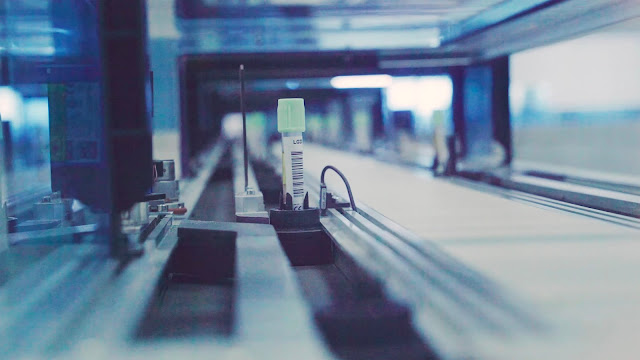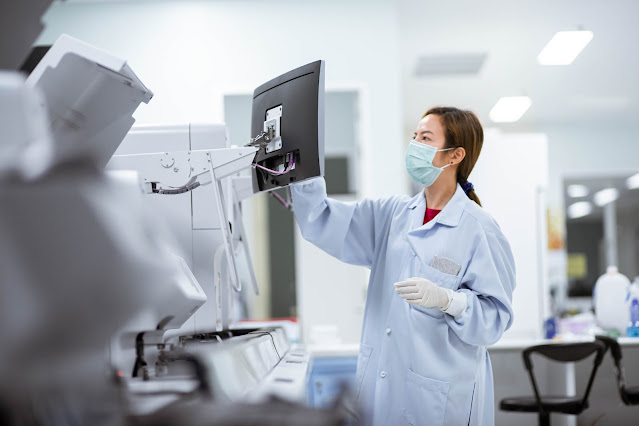Avoiding Scope Creep in Lab Automation Projects

When fine-tuning your automation project and any automated scheduling software, you’re bound to encounter some scope creep along the way. Scope creep highlights the uncontrolled changes that occur within a lab automation project’s scope, swelling the amount of work associated with a project, adding time and costs to the project. Especially if you’re a smaller lab with an airtight budget, scope creep can put you in a very compromising position. How does scope creep occur, and how can you avoid it as you try to improve project efficiency as much as possible? Using automation scheduling software may help How Does Scope Creep Happen? Scope creep occurs when you don’t collaborate well with your customers at the start of your project. Objectives were not properly defined, and its scope lacked clarity, causing a disconnect that led to the project lasting longer and costing more than initially estimated. It’s crucial to press customers consistently yet diplomatically to...





